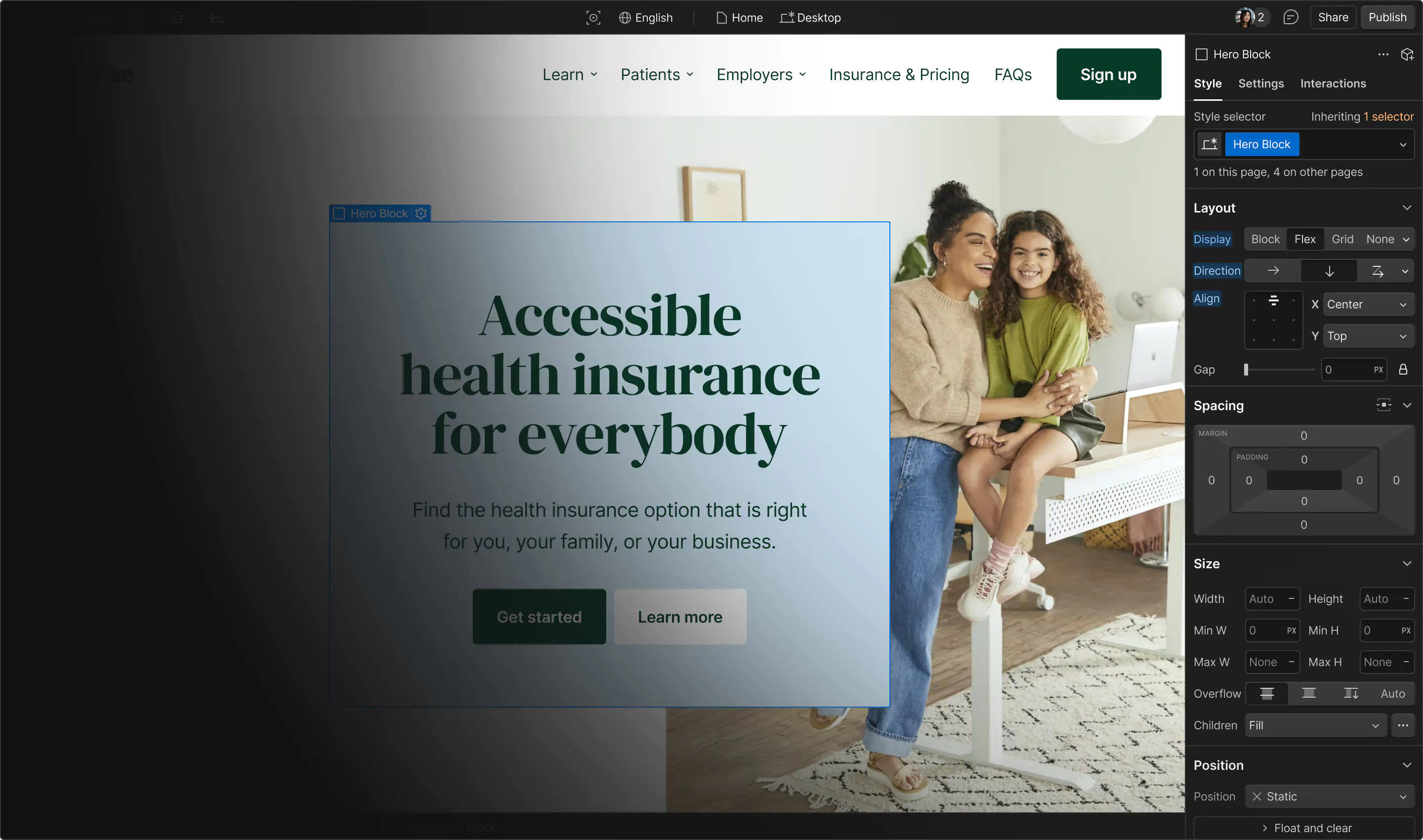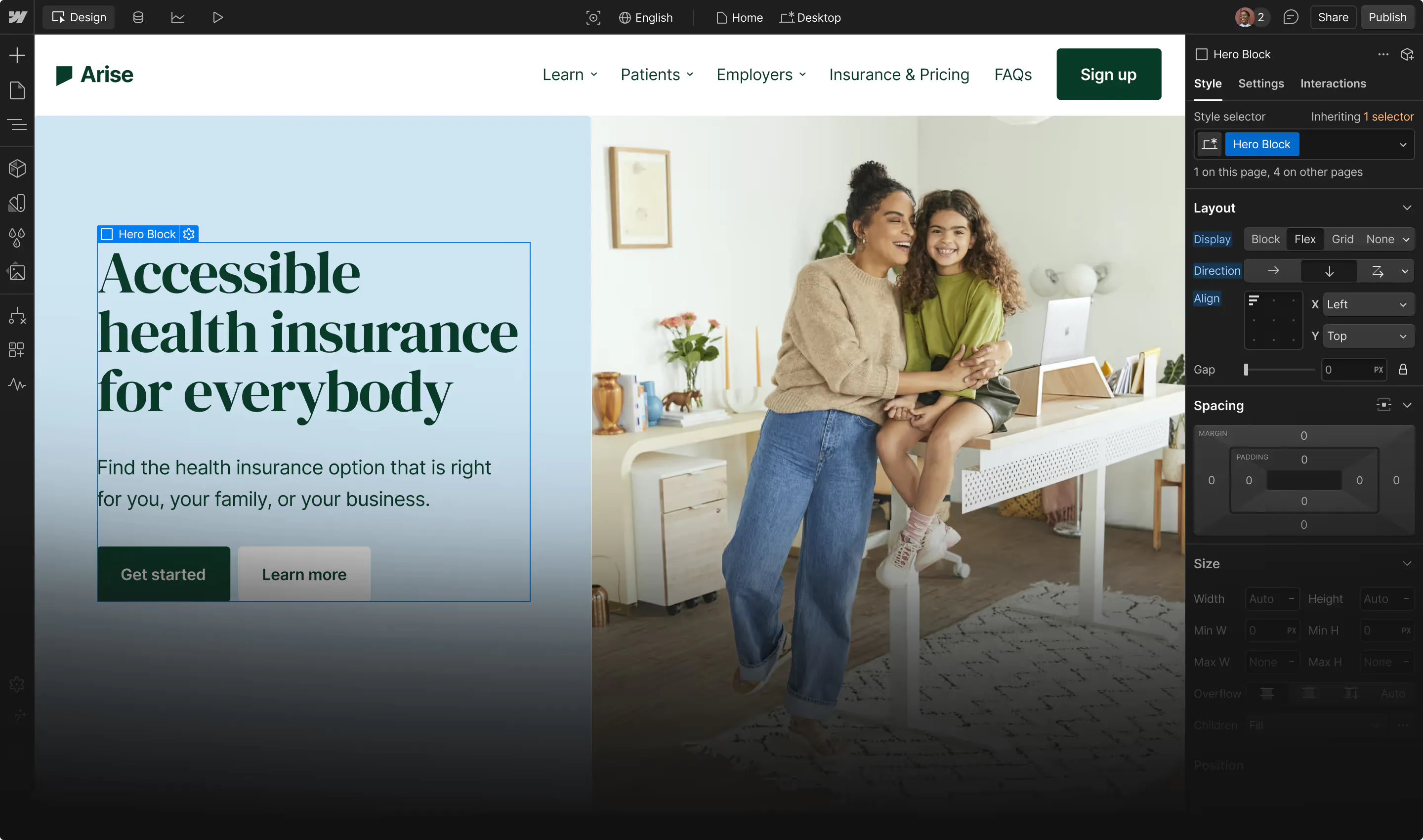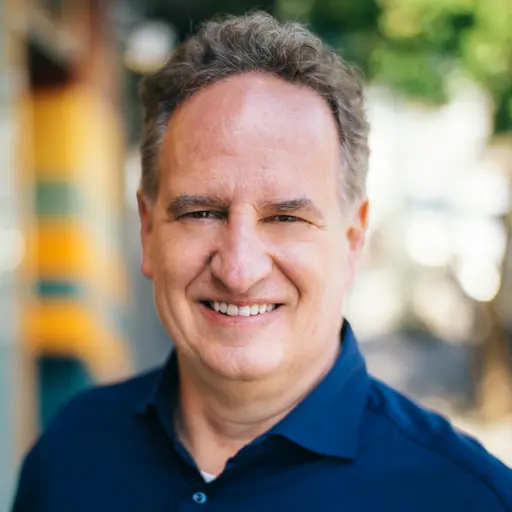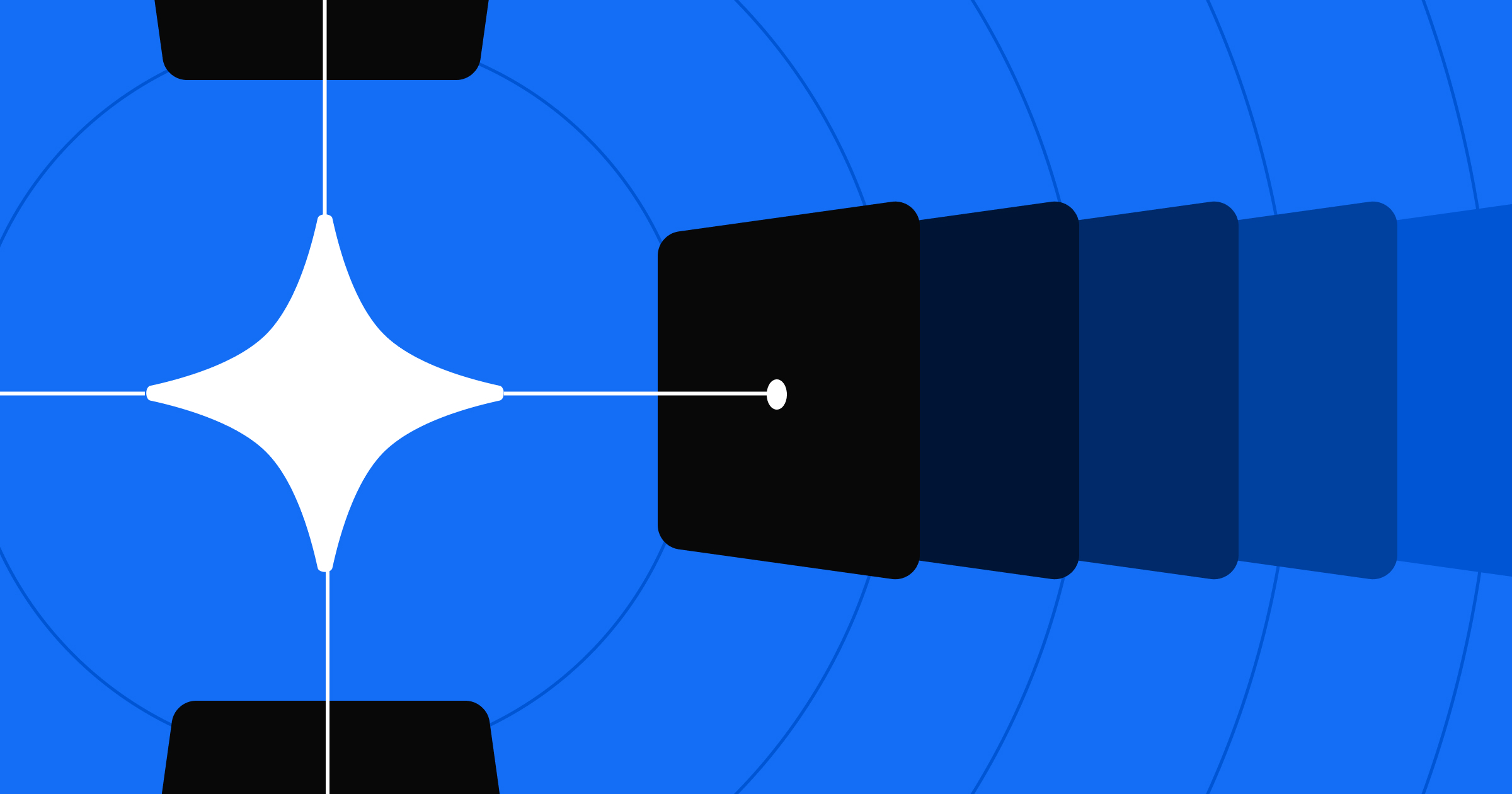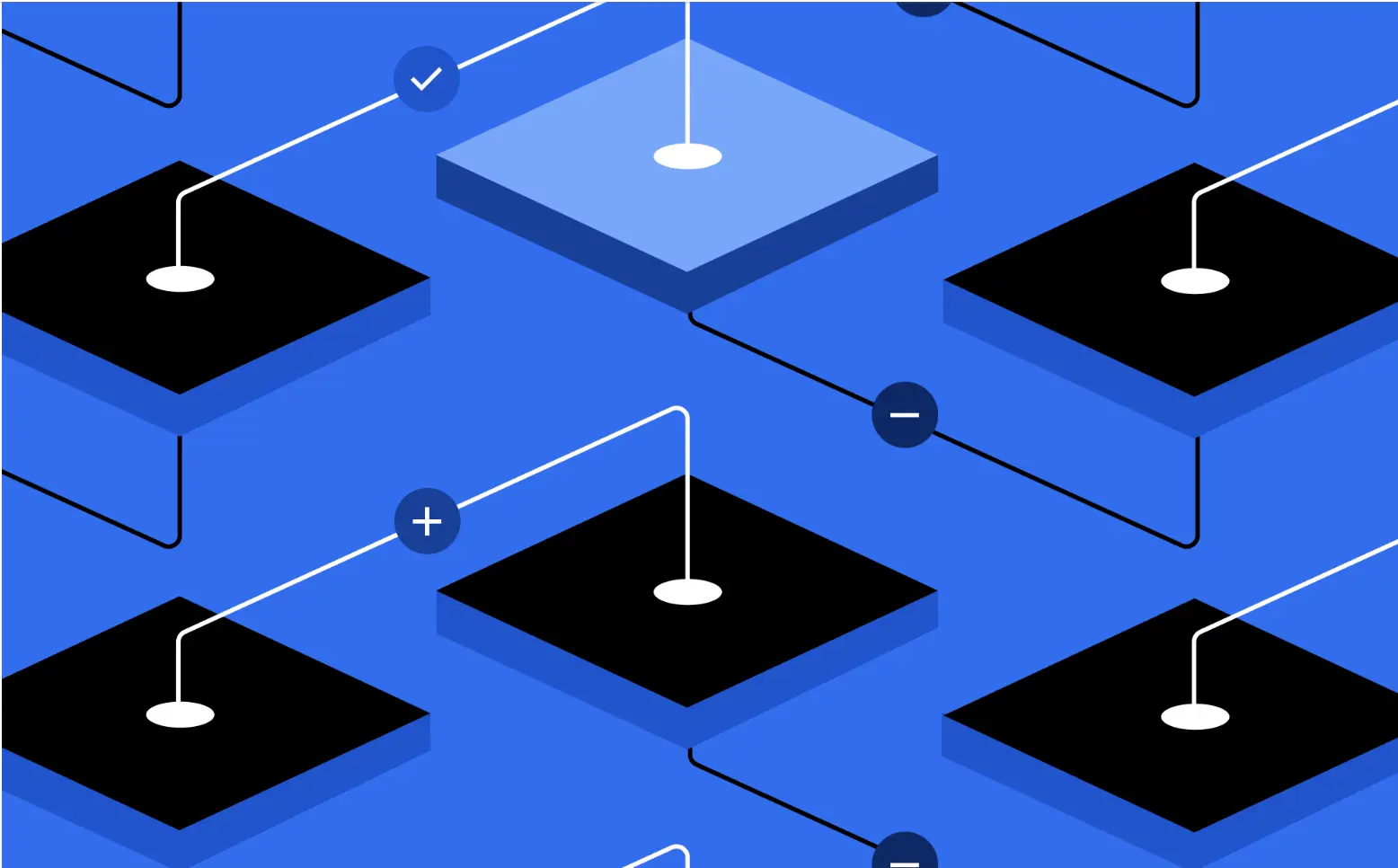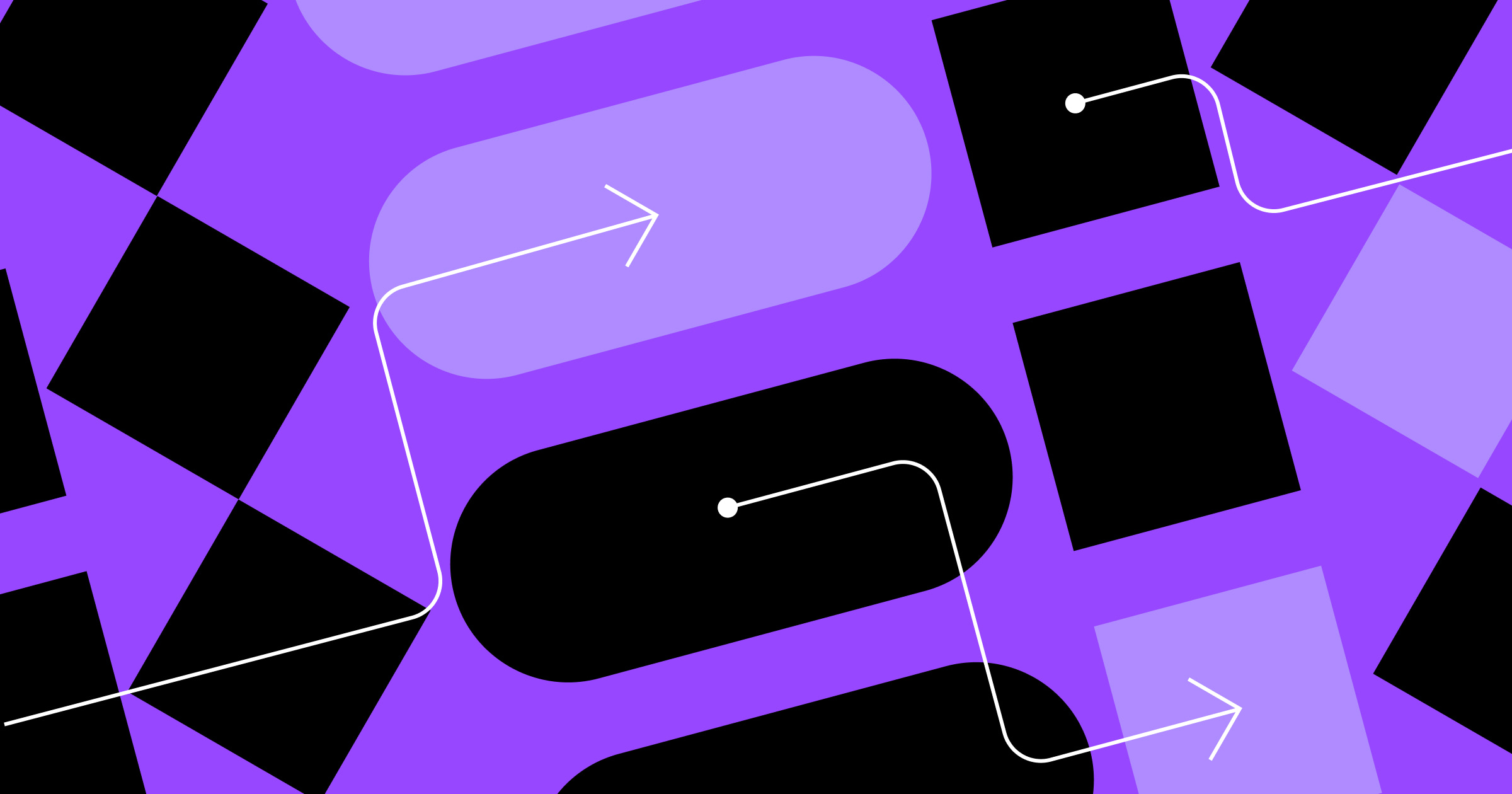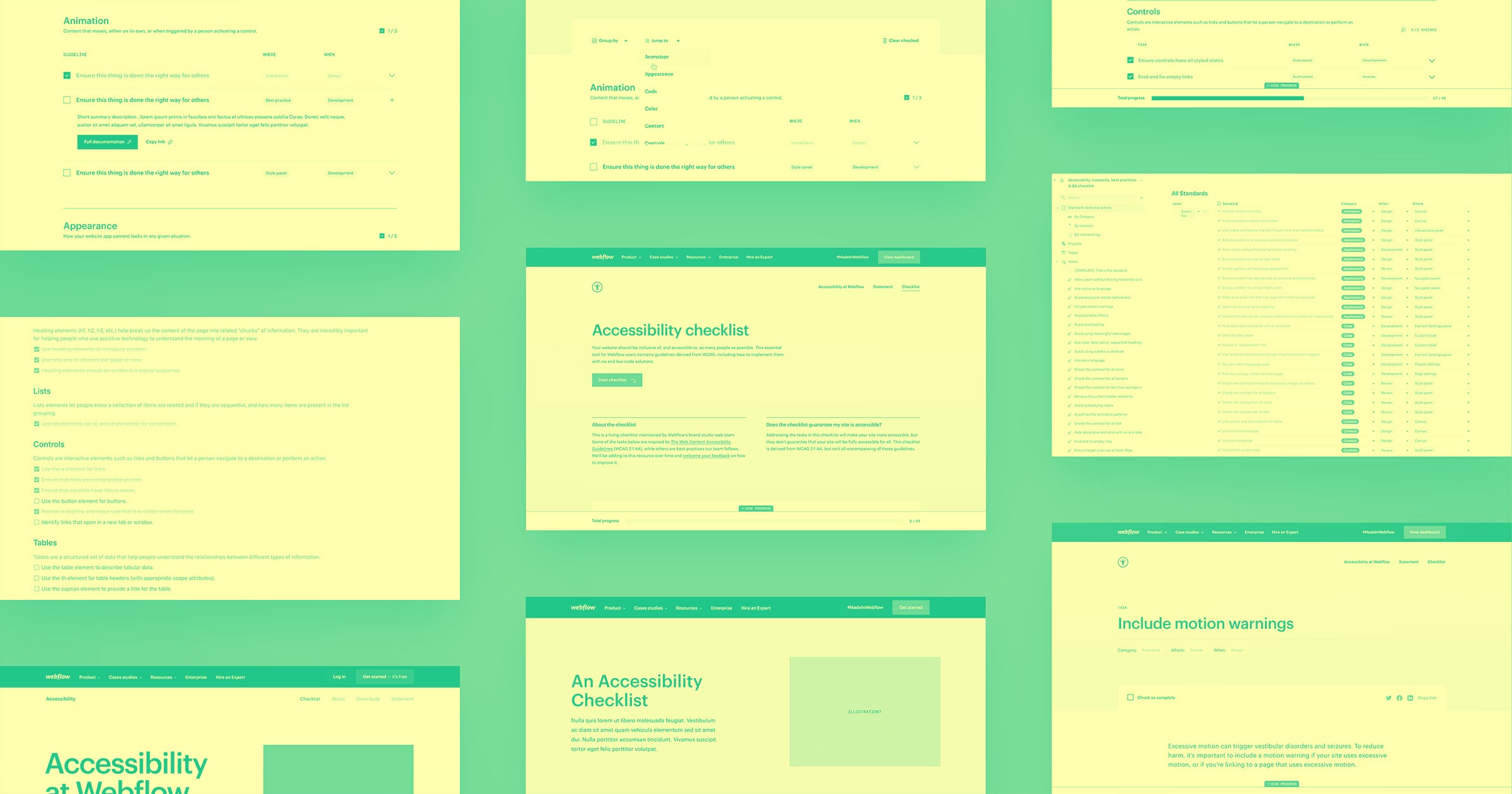At Webflow, AI isn’t an experiment. It’s how we build. We are designing an environment where engineers partner with AI tools to extend their capabilities, solve problems more creatively, and deliver more value to customers.
Our mission is to create a place where high-leverage thinking meets high-velocity execution, and AI is a key part of how we achieve that. We believe that increasing our pace is a key element in today’s market. That does not mean typing faster, but using the tools to make informed decisions and move faster.
We’ve made a company-wide commitment to bring AI into every engineer’s daily workflow. Every engineer at Webflow is equipped with the most advanced AI tools available, helping them reduce complexity, eliminate repetitive tasks, and build systems that are both elegant and scalable. It’s how we move fast without sacrificing depth or quality.
AI-enhanced engineering from day one
From the moment an engineer joins Webflow, they get access to a complete AI toolkit built to maximize productivity and insight. This includes a ChatGPT Enterprise license for every employee, unlocking shared rules, collaborative discussions, and customized GPTs that reflect the way our teams work.
We also provide access to Cursor, a context-aware IDE that acts as an engineering co-pilot. Cursor understands the structure of our codebase and can orchestrate sophisticated refactors across hundreds of files. We also leverage Augment Code to bring the best of LLM assisted engineering into VSCode, WebStorm or Cursor. It answers long-context questions, finds bad assumptions developers are making, helps find logic flaws, scaffolds unit tests, highlights regressions, and more.
To work alongside these IDEs, we built a pull request (PR) bot that automatically suggests clear PR descriptions in our preferred format, helping reviewers assess changes faster with less manual effort. Using this bot is optional, the descriptions are editable, and they update automatically as the PR evolves. Developers just need to add the ai-pr-description label to their PR, and a suggested description will appear within about a minute. If the developer provides an initial PR description, this is taken into consideration alongside the code changes to generate the PR description.
We also built an opt-in AI-powered PR linting tool that engineers can trigger by tagging a PR with ai-linter on GitHub. This starts a GitHub Action to gather internal documentation on best practices and design guidelines. The action then invokes Claude Code to automatically leave an informed code review comment. These tools are not fringe or experimental and are part of our core engineering stack, and nearly everyone uses them daily.
We’re now also using remote agents in combination with tools like Cursor and Augment Code. This setup enables parallelism for our engineers making it possible for them to work on many PRs concurrently as they manage a team of remote agents. We see this integrated approach as a promising and exciting development that opens the door to entirely new ways of working and amplifies what our engineers can accomplish.
These tools are only as good as the context you provide them which is why we've invested deeply in maintaining Cursor rules and Augment guidelines versioned within the codebase. We also rely on MCP servers for integrating context outside of our codebase like Confluence and remote documentation. Whether an engineer is writing a tricky regular expression, exploring architectural tradeoffs, or summarizing a design doc, they are never starting from scratch.
These capabilities help engineers spend less time managing complexity and more time building high-impact solutions. They give our team real leverage, and the impact is clear.
In the last 90 days:
- Cursor usage is up 80%
- Cycle Time is down 21%
- Deployment rates have risen 11% (off an already high baseline)
- Change failure rate remains below 2%
This is what AI at full scale looks like. Engineering productivity and pace continues to improve week after week.
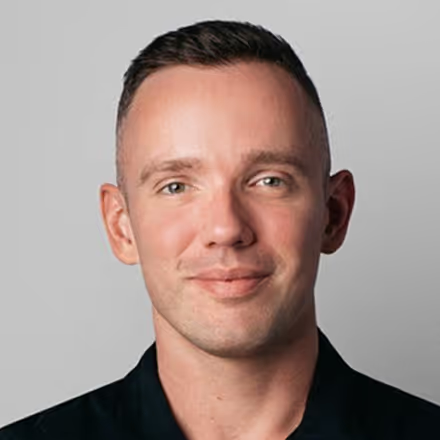

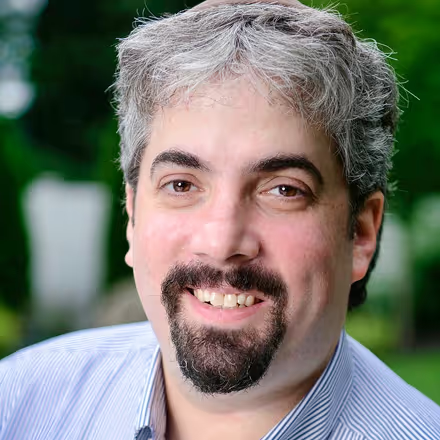


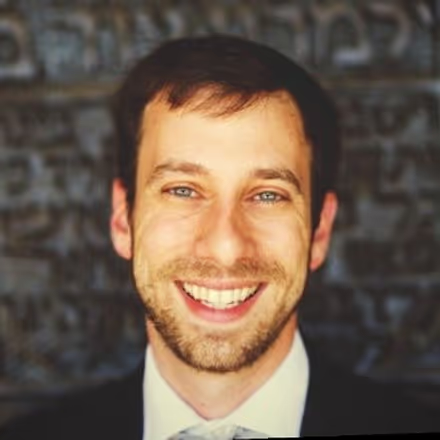




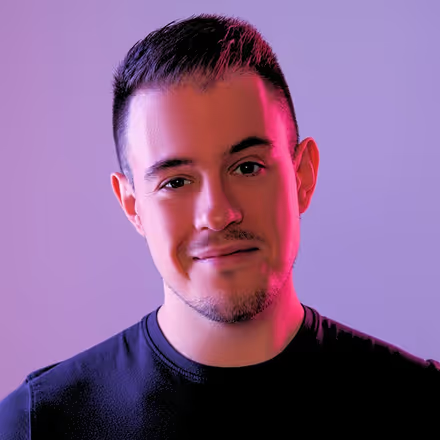
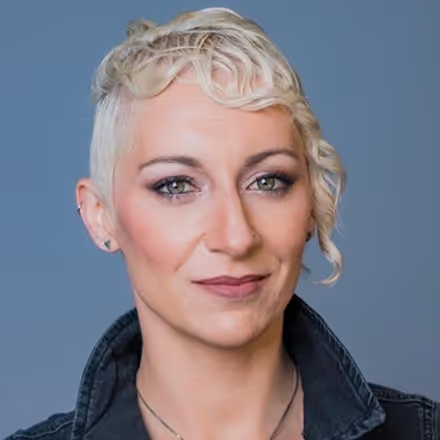
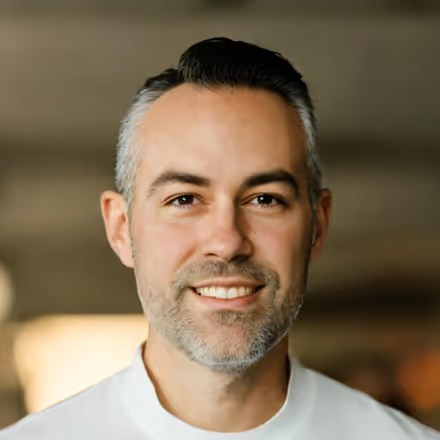






We’re hiring!
We’re looking for product and engineering talent to join us on our mission to bring development superpowers to everyone.
From prototyping to production, AI at every step
We believe AI should be involved in every stage of the software development lifecycle. That starts with prototyping, analyzing data and user research, doing competitive analysis, and structuring product requirements that are translated directly into working outlines for engineers to review. Engineers can quickly validate assumptions, share early implementations with designers and PMs, and iterate with speed and confidence. The use of AI at each of these steps helps us continue to move at the pace we desire.
Testing is another area where AI makes a measurable difference. We use AI code generation tools to generate unit, smoke, and functional tests based on recent code changes. These tests are automatically inserted into our CI pipelines and reviewed for coverage and quality. This gives our engineers confidence in every deployment without slowing down release velocity.
In production, we use internal anomaly detection systems powered by machine learning to monitor deployments and system behavior. These systems help us catch issues early, understand their root causes, and respond before they affect customers. AI keeps our systems healthy and our engineers focused on what matters most: building innovative and great products for our customers.
Even as AI plays a growing role in development, we continue to rely on human judgment where it matters. Code reviews remain an essential part of our process. Every change, whether written by a human or generated by AI, is reviewed by an engineer. We treat code review as a core engineering practice and expect everyone to continuously sharpen this skill, including the ability to evaluate AI-generated code with precision and accountability. AI-generated code is held to the same standards as human-authored code. Our philosophy of “you build it, you deploy it, you run it in prod” applies no matter how the code is written.
Accelerating collaboration and knowledge flow
Great engineering isn’t just about code but also about communication, coordination, and shared understanding. At Webflow, AI supports these dimensions as well.
We use AI-powered meeting assistants to automatically capture, summarize, and distribute action items from discussions. This makes every meeting more actionable and dramatically reduces overhead. Engineers stay aligned without having to rewatch calls or dig through scattered notes.
We’re using AI to help with our interviewing process (and candidates can opt-out). This helps us have better interviews by automatically generating timestamped highlights and providing summary transcriptions. The system also creates concise notes, making it easier to review and share key insights from each session. Engineers spend more time actively engaging in the interview instead of focusing on taking notes.
Our documentation and knowledge management systems are augmented by intelligent summarization and enterprise search. With tools that span Slack, Google Docs, Jira, Confluence, and task trackers, engineers can ask a question like “what was decided about the new Designer API?” and instantly find the relevant context, decisions, and implementation plans. This eliminates the cognitive overhead of digging through siloed systems and ensures everyone can move forward with clarity. Finding the relevant document or dashboard or Jira is easy and fast.
We also rely on AI-driven operational tools to run incident response workflows, streamline coordination during incidents, and automate post-mortem generation. This brings speed and consistency to high-pressure moments, while ensuring every incident becomes a learning opportunity for the entire team.
These capabilities free our teams from friction and create a culture where insight flows naturally. Engineers spend less time looking for information and more time building the future.
A culture of intentional innovation
We don’t view AI as a trend. We see it as a new operating system for how software teams function. At Webflow, innovation is intentional, and AI is a central part of how we design that future. We constantly evaluate and adopt new models, new tools, and new ways of working. This is not passive adoption but an active, deliberate integration of AI into our engineering DNA.
By creating an environment where experimentation is encouraged and excellence is expected, we help engineers do the best work of their careers. AI doesn’t replace engineers but rather it multiplies what they’re capable of every day.
Why this matters
At Webflow, we are building more than a product. We are building a new standard for how software teams work, collaborate, and scale. The result is faster iteration, clearer thinking, and more ambitious product outcomes.
For engineers who want to shape the future of development, Webflow offers a rare opportunity. Here, you’ll work with cutting-edge tools, build with amazing leverage, and contribute to a culture that values craft and creativity in equal measure. Be prepared to speak to your experience with AI, including how you’ve applied it in your work, what tools or models you’ve used, and how you see it shaping the future of software development.
If you’re drawn to deep technical challenges, high-quality systems, and tools that make you better every day, come build with us. This is where engineering moves fast and thinking runs deep. It’s where you can do your best work and level up your career like never before.
